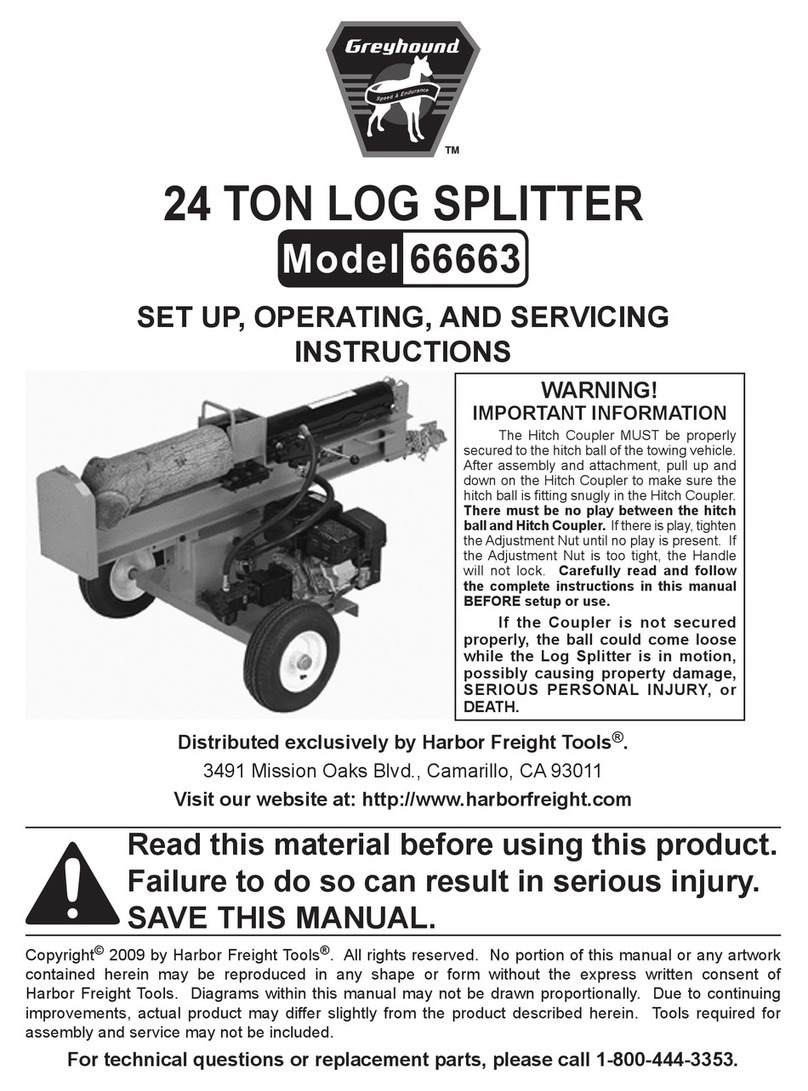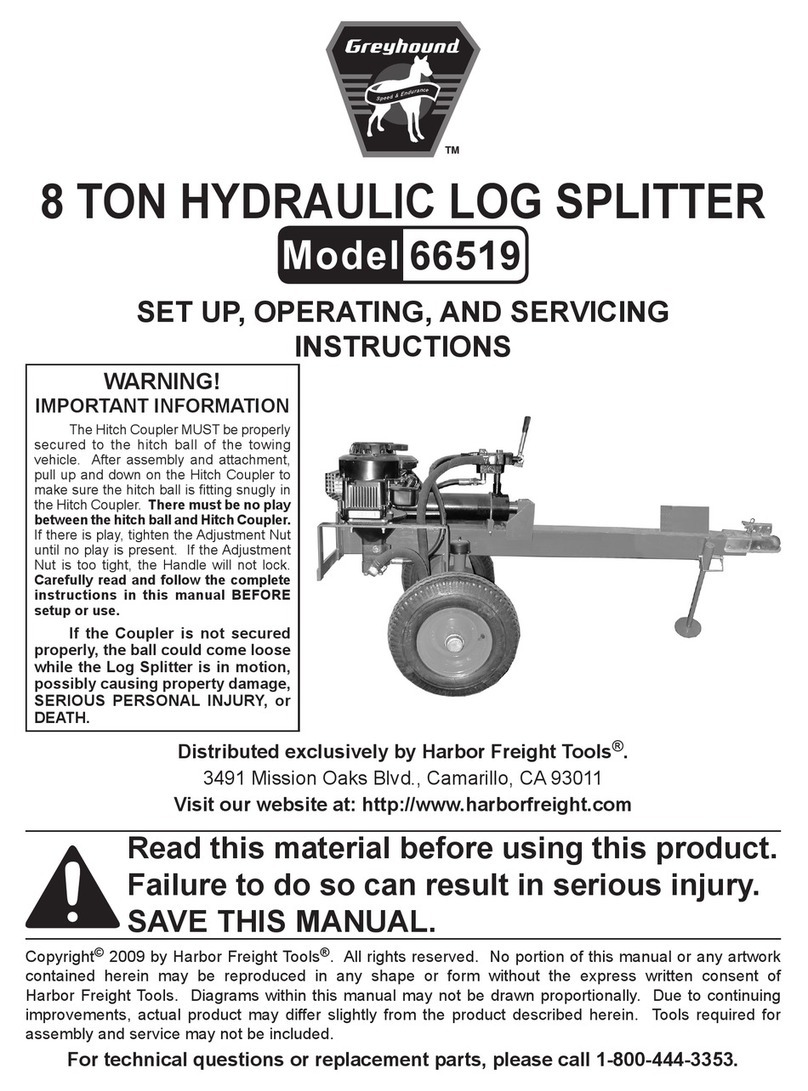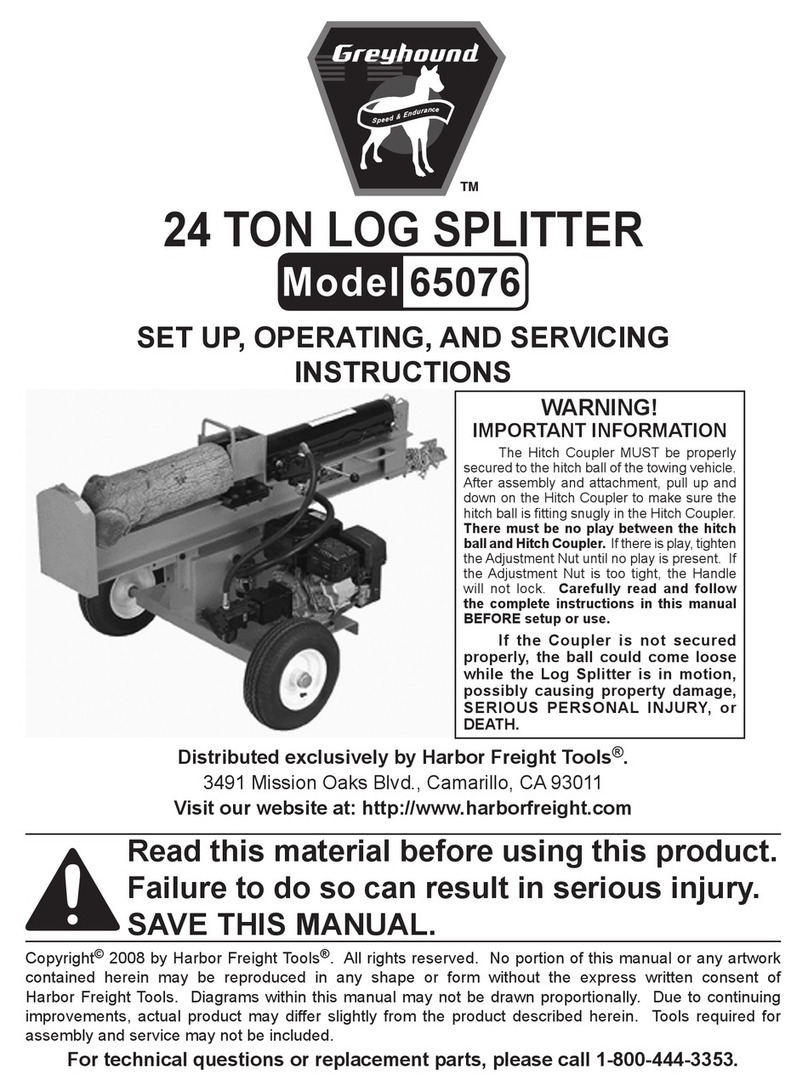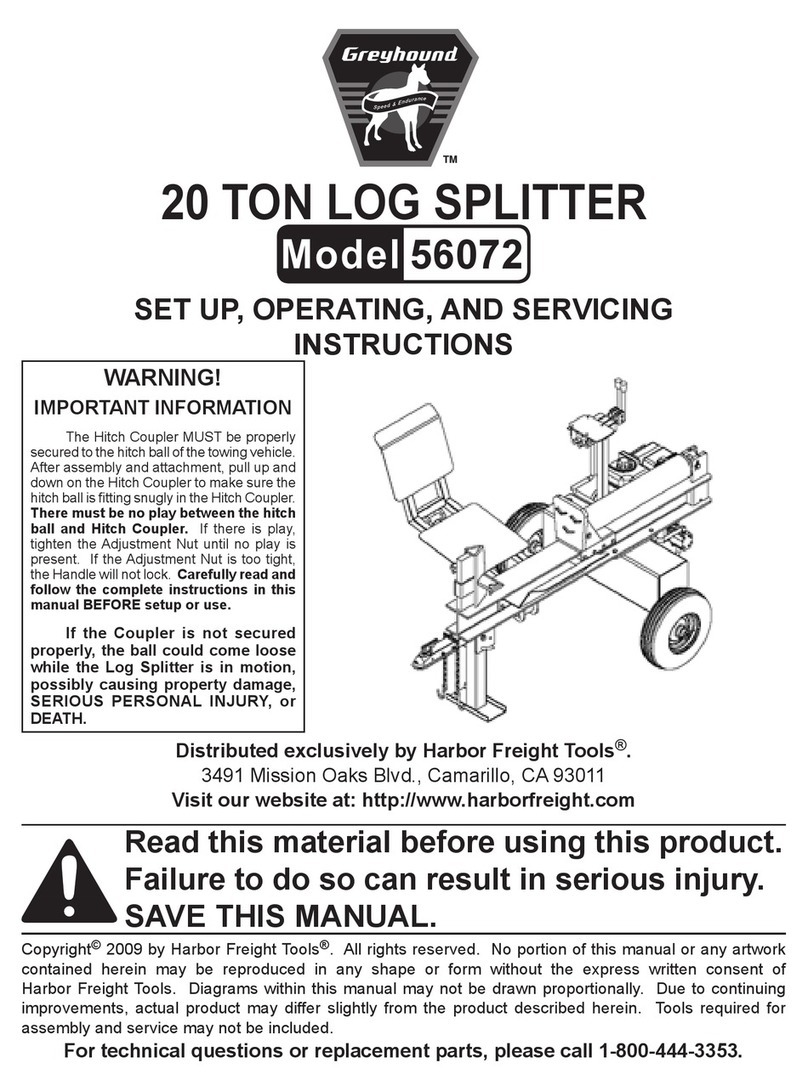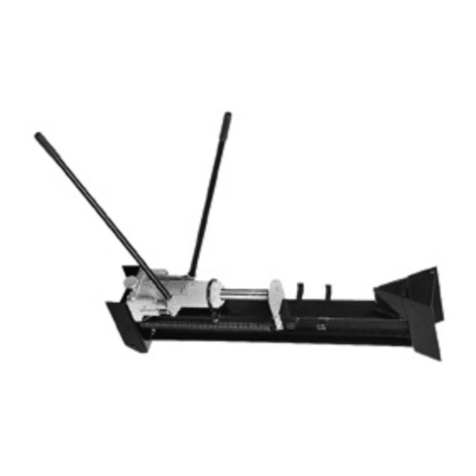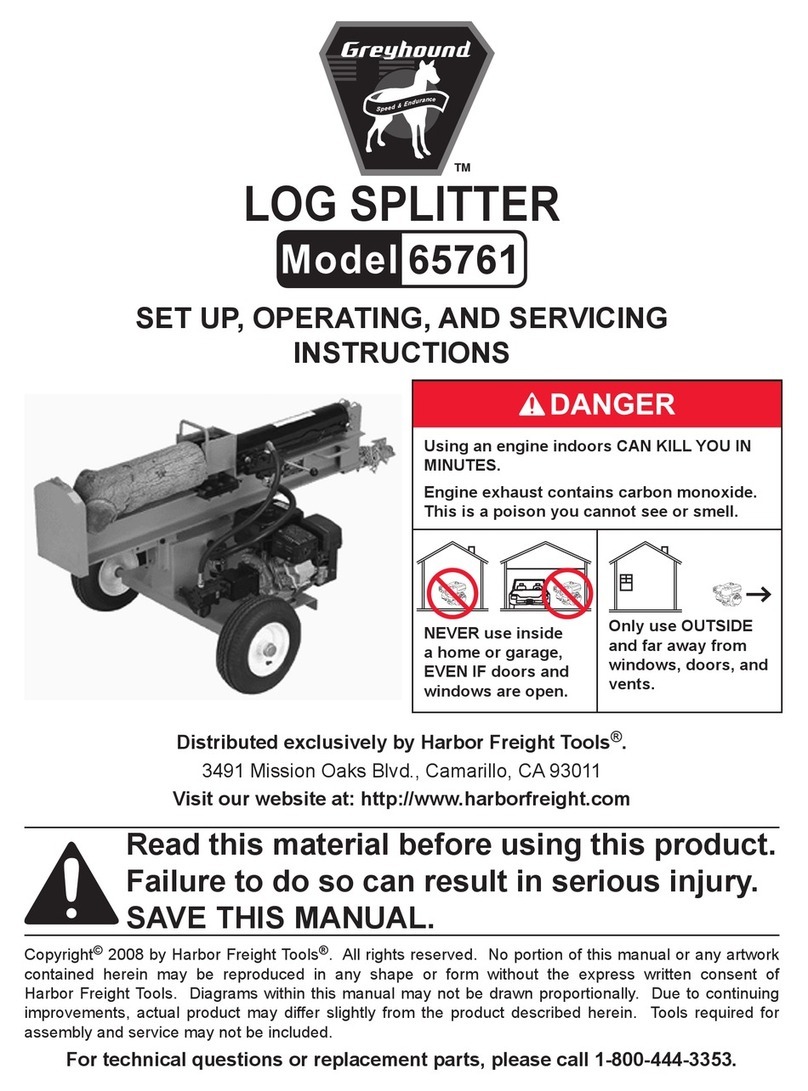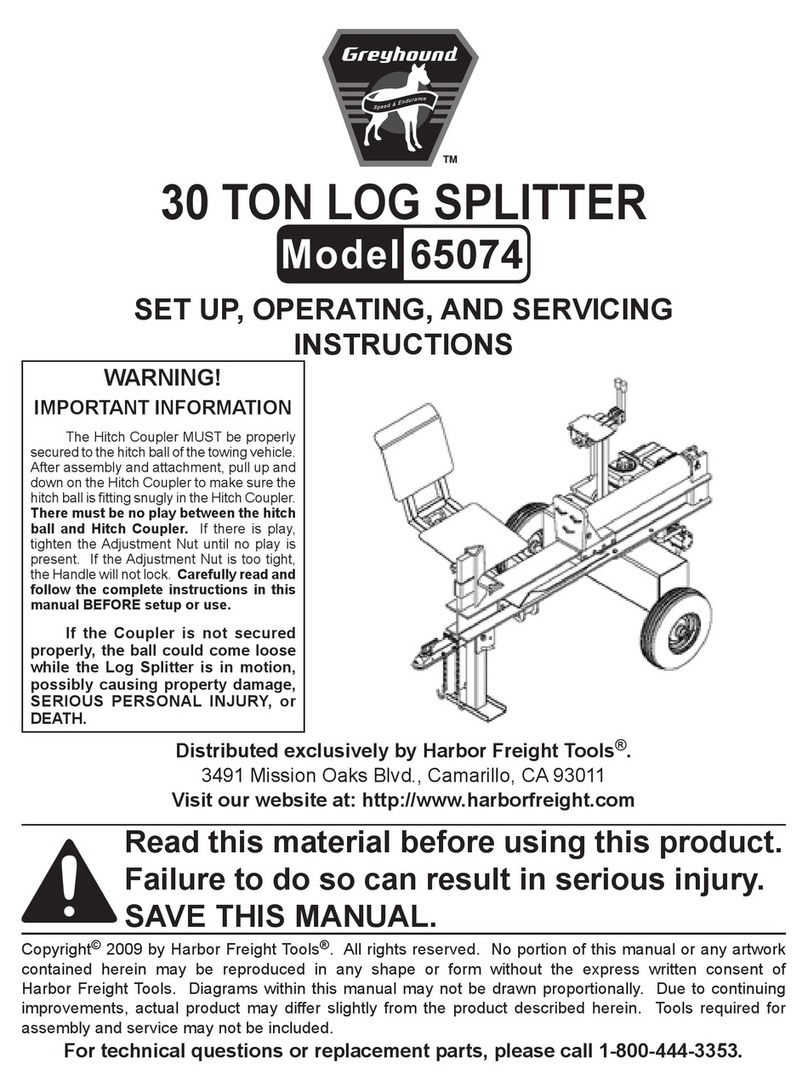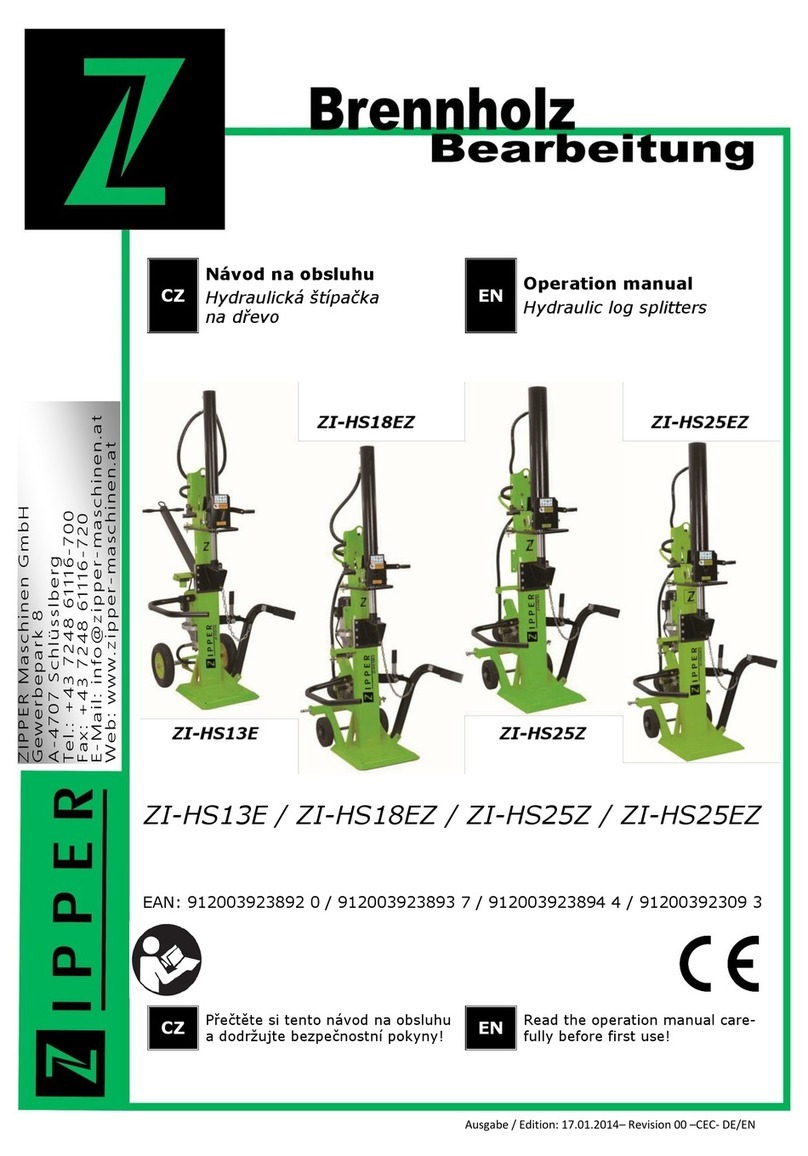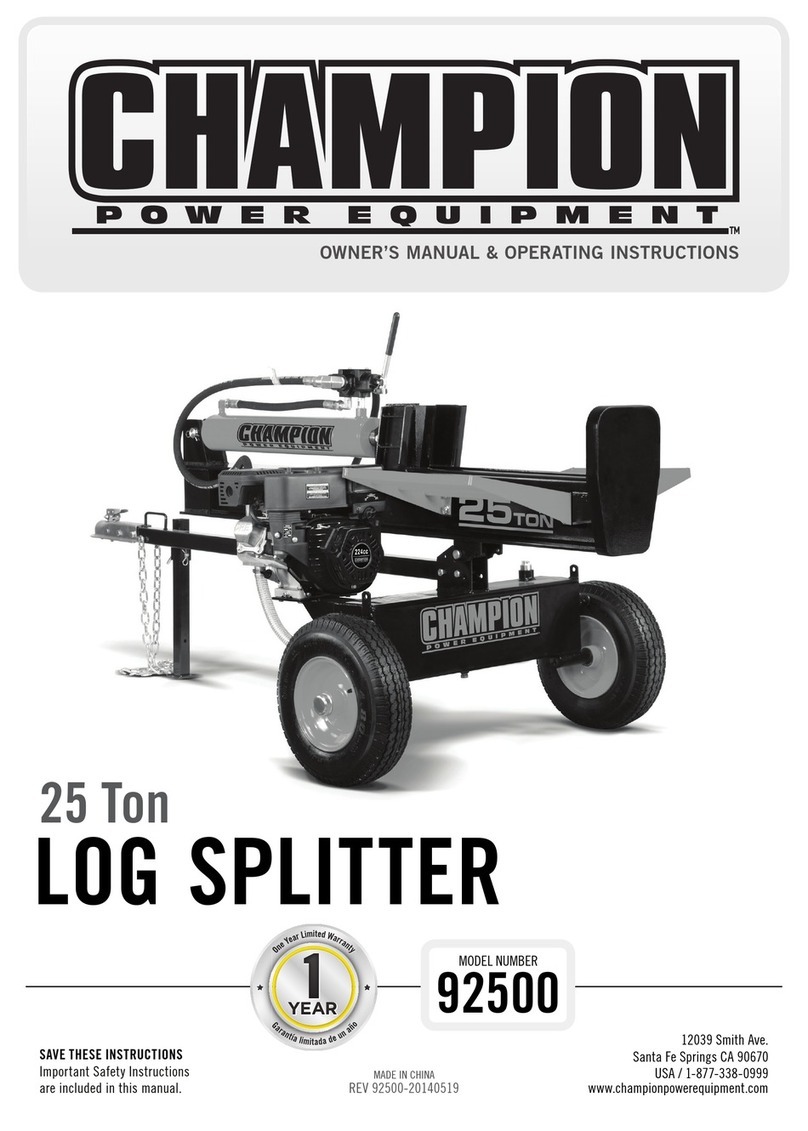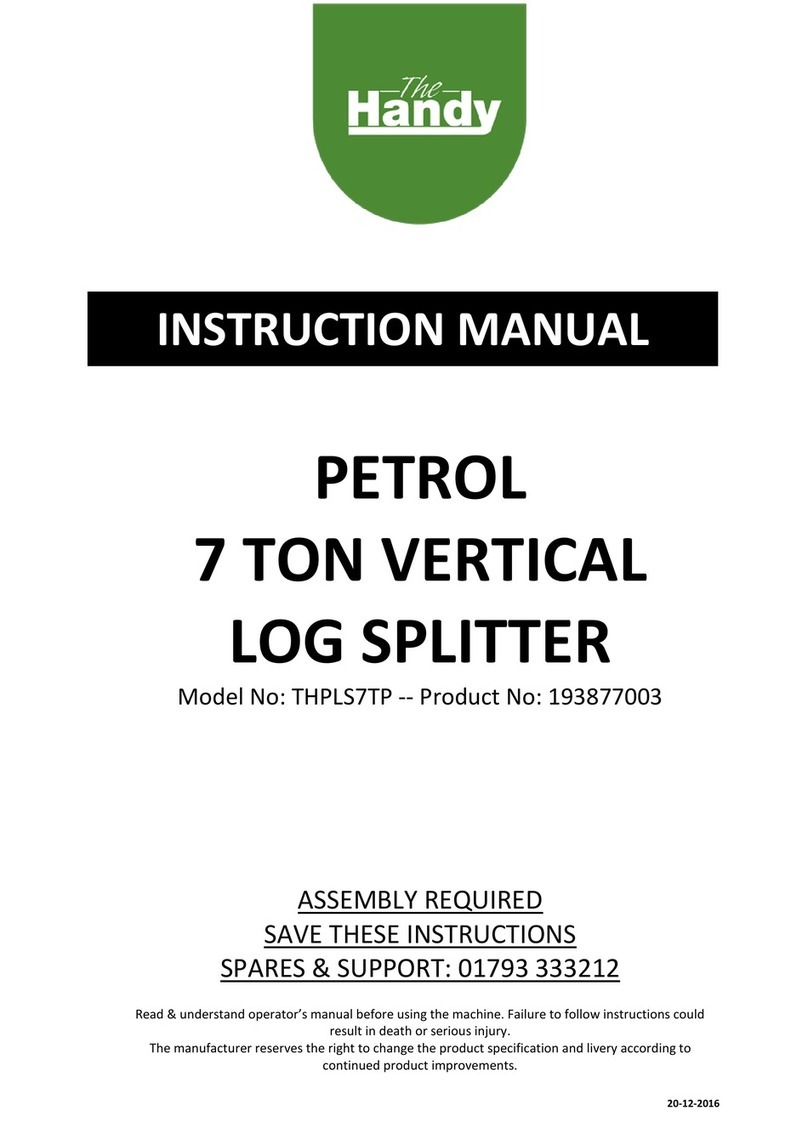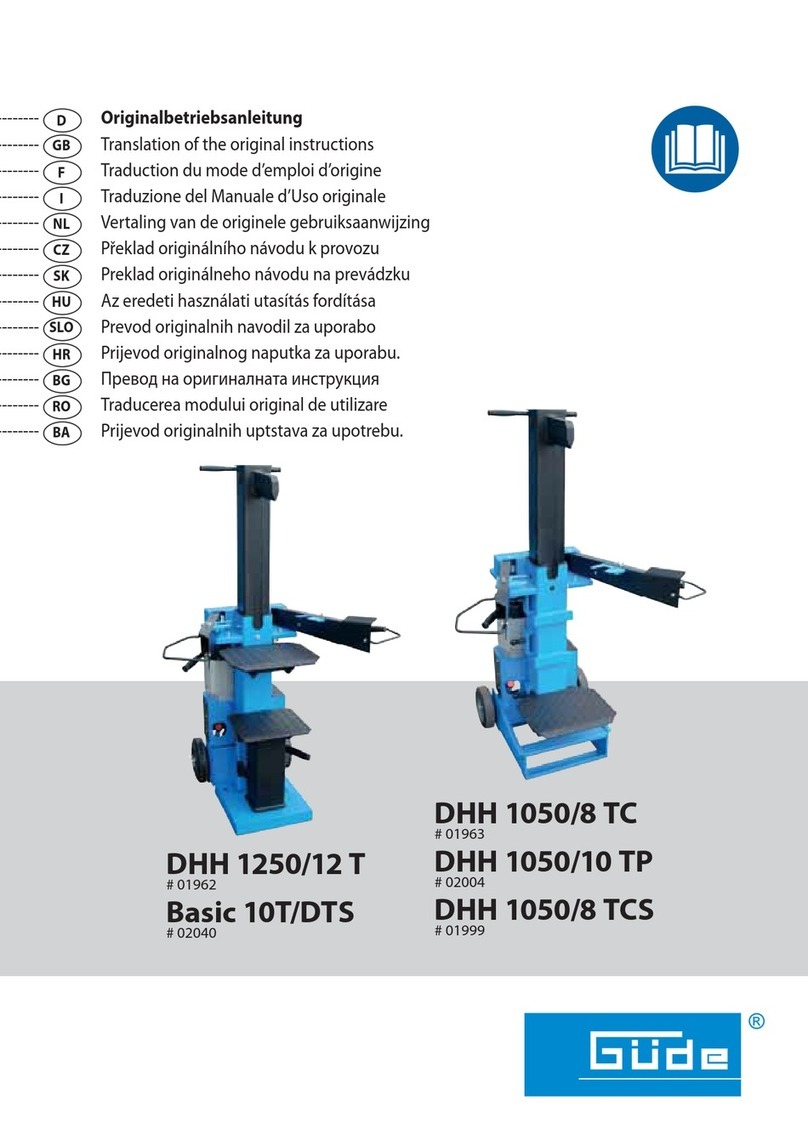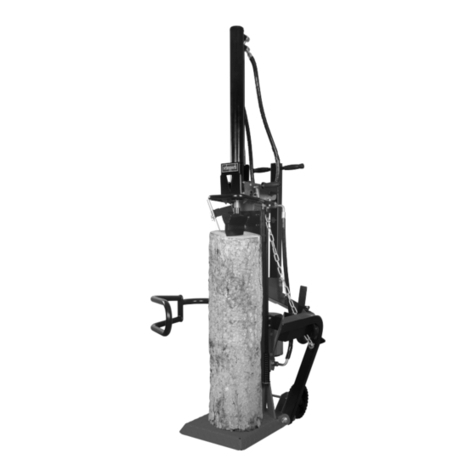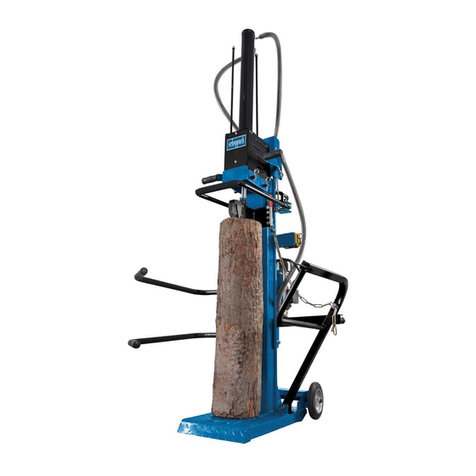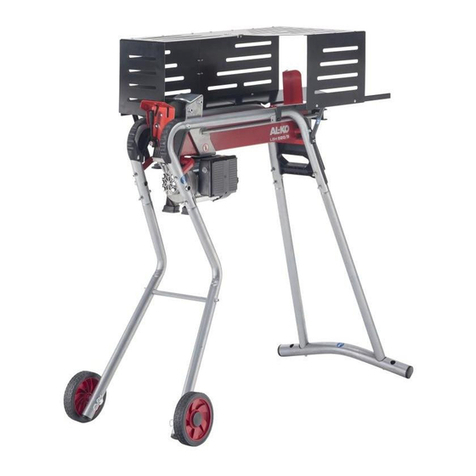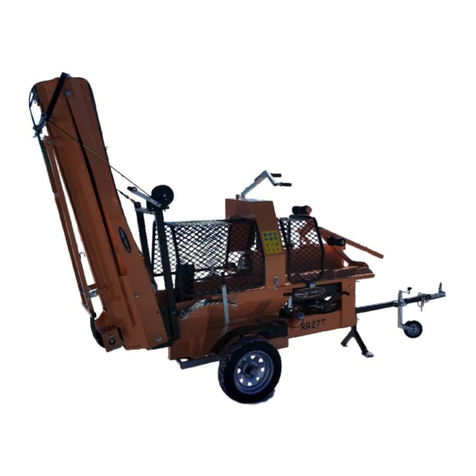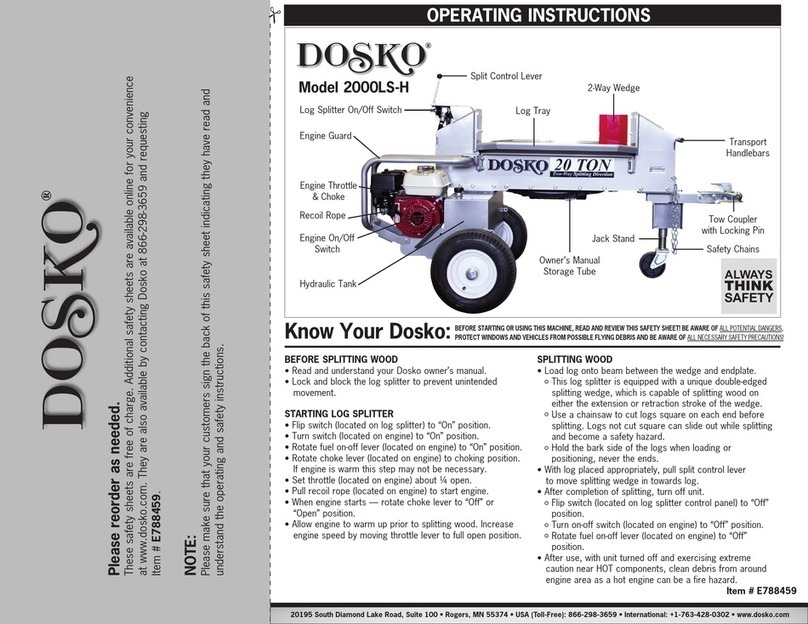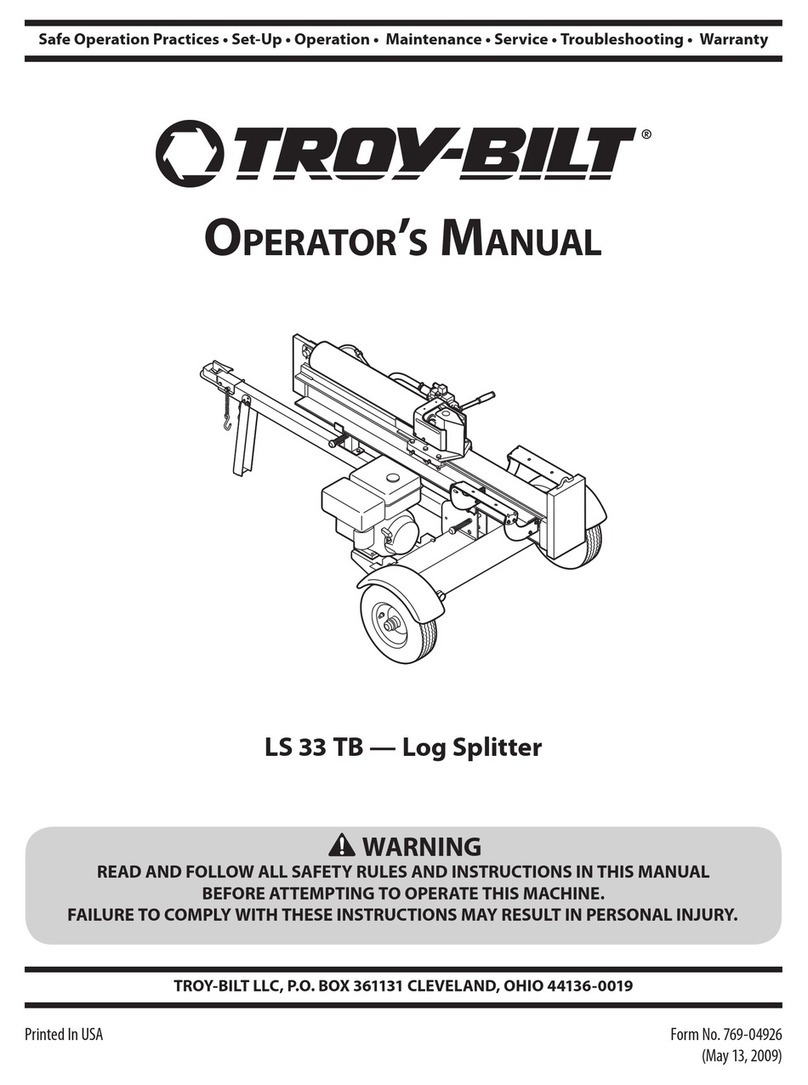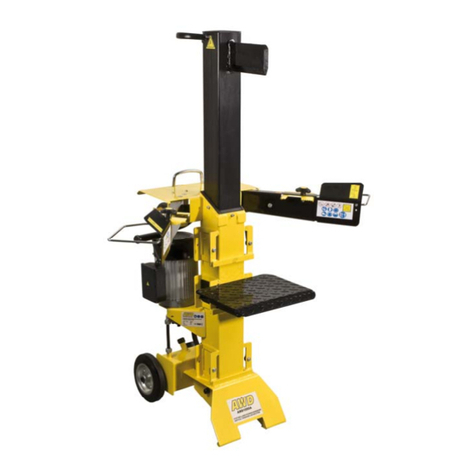
Page 6SKU 65075 For technical questions, please call 1-800-444-3353.
Do not operate in explosive atmo-13.
spheres, such as in the presence of
ammable liquids, gases, or dust.
Gasoline-powered engines may ignite
the dust or fumes.
Stay alert, watch what you are doing14.
and use common sense when operat-
ing a piece of equipment. Do not use
a piece of equipment while tired or
under the inuence of drugs, alcohol
or medication.
Do not overreach. Keep proper foot-15.
ing and balance at all times. This en-
ables better control of the equipment
in unexpected situations.
Dress properly. Do not wear loose16.
clothing or jewelry. Keep hair, cloth-
ing and gloves away from moving
parts. Loose clothes, jewelry or long
hair can be caught in moving parts.
Parts of the Log Splitter, especially17.
exhaust system components, get
very hot during use. Stay clear of hot
parts.
Do not cover the engine or equipment18.
during operation.
Keep the equipment, engine, and sur-19.
rounding area clean at all times.
Use the equipment, accessories, etc.,20.
in accordance with these instructions
and in the manner intended for the
particular type of equipment, taking
into account the working conditions
and the work to be performed. Use
of the equipment for operations differ-
ent from those intended could result
in a hazardous situation.
Do not operate the equipment with21.
known leaks in the engine’s fuel sys-
tem.
This product contains or, when used,22.
produces a chemical known to the
State of California to cause cancer
and birth defects or other reproduc-
tive harm. (California Health & Safety
Code § 25249.5, et seq.)
WARNING: The brass components23.
of this product contain lead, a chemi-
cal known to the State of California
to cause birth defects (or other repro-
ductive harm). (California Health &
Safety code § 25249.5, et seq.)
When spills of fuel or oil occur, they24.
must be cleaned up immediately.
Dispose of uids and cleaning materi-
als as per any local, state, or federal
codes and regulations. Store oil rags
in a bottom-ventilated, covered, metal
container.
Keep hands and feet away from25.
moving parts. Do not reach over or
across equipment while operating.
Before use, check for misalignment26.
or binding of moving parts, breakage
of parts, and any other condition that
may affect the equipment’s operation.
If damaged, have the equipment
serviced before use. Many ac-
cidents are caused by poorly main-
tained equipment.
Use the correct equipment for the27.
application. Do not modify the equip-
ment and do not use the equipment
for a purpose for which it is not in-
tended.
SERVICE PRECAUTIONS
Before service, maintenance, or1.
cleaning:
Turn the engine switch to itsa.
“OFF” position.




















